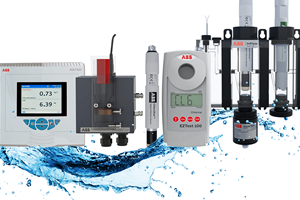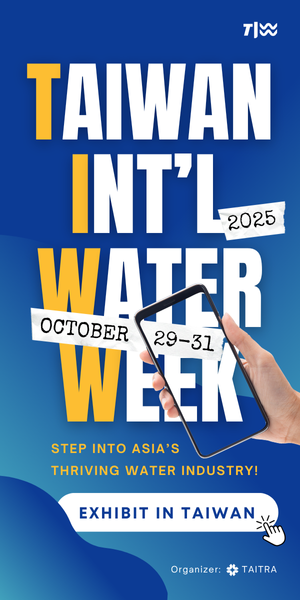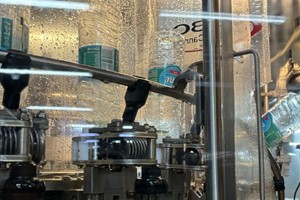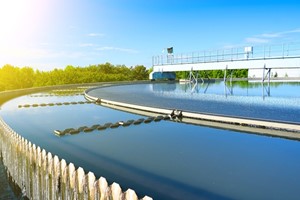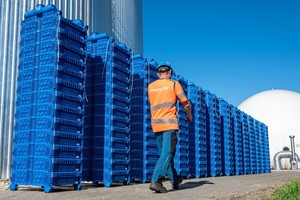In the realm of environmental management, Portugal is spearheading a groundbreaking initiative set to redefine water quality assessment and support the flourishing blue economy. The LisOcean model, a collaborative masterpiece crafted by the Portuguese Environmental Agency (APA) and the Portuguese Institute for Sea and Atmosphere (IPMA), stands as a testament to innovation in environmental stewardship.
This sophisticated model integrates hydrodynamics and biogeochemistry, offering a comprehensive simulation of coastal waters along the Lisbon Metropolitan Area. It serves as a pivotal tool in aligning with Portugal's commitment to the Water Framework Directive (WFD), complementing existing monitoring programs with its holistic approach.
One of the model's key strengths lies in its ability to evaluate water masses as outlined by the WFD and estimate nutrient exports crucial for addressing Eutrophication. By providing insights into nutrient dynamics, particularly regarding estuarine plumes and their impact on coastal ecosystems, the LisOcean model empowers environmental managers with invaluable data for informed decision-making.
Moreover, the LisOcean model isn't just a scientific endeavor; it's a strategic investment in Portugal's blue economy. By safeguarding water quality and preserving natural ecosystems, this initiative bolsters vital sectors like oyster farming. With funding from the Copernicus Marine Service User Engagement Programme 2022-2028, the LisOcean project underscores the importance of innovative solutions in sustainable marine resource management.
The collaborative efforts of APA and IPMA exemplify Portugal's unwavering commitment to enhancing water quality monitoring and environmental stewardship. As the LisOcean model continues to evolve, it promises to be a cornerstone in sustaining the blue economy and preserving the ecological balance of Portugal's coastal regions.
By Salman Khan








